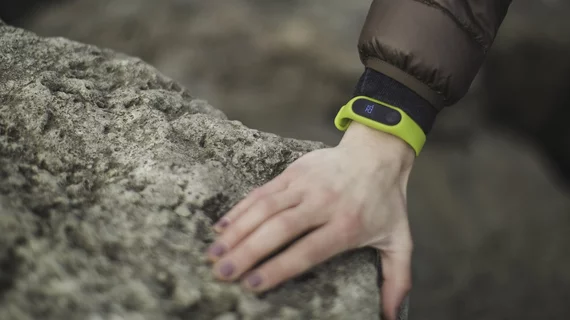What to do with wearables and the deluge of data they offer is a big question in the minds of IT leaders and a topic addressed well at HIMSS19 by Karl Poterack, MD, the medical director, applied clinical informatics, Mayo Clinic.
In the early years of wearables, most of the growth came from low-priced fitness trackers. But most recently, devices such as smartwatches, hearables, smart clothing and smart glasses are gaining in popularity across a broader audience.
According to a 2019 report, roughly a quarter of U.S. adults, some 56.7 million, were projected to use a wearable device at least once a month during 2019. That same report from eMarketer.com estimates that about half of adult wearable users regularly wear a smartwatch. An additional 3.8 million children and teens in the U.S. have a wearable device.
This all adds up to a lot of data for healthcare to deal with, coming from Apple Watches, Fitbits, Garmins and other devices. They data can potentially offer value to physicians caring for patients but there are not many examples of how to integrate the technology into today’s healthcare model, as Poterack noted.
"When tracking health data with wearables begins to integrate with healthcare organizations, it will be a tsunami of data," he said. "Fitbit alone has data on 3 trillion steps. That is just a portion of the data they collect. There has to be a place to put this data and we need to answer the question of who owns it, and how it is collected and what happens to it when it goes to hospitals, which all have a different sent of rules on data collection under HIPAA."
To address these concerns and the volume of data available from these devices, Poterack said massive infrastructure would be needed. Yet, no one will make the investment until medical researchers establish guidelines or benchmarks for this data. For example, what it means when a cardiac patient logs 1,000 steps vs. 15,000 steps a day.
The largest barrier is what the healthcare system is going to do with the data, according to Poterack. "The challenge is really how to take this data and link it to outcomes."

